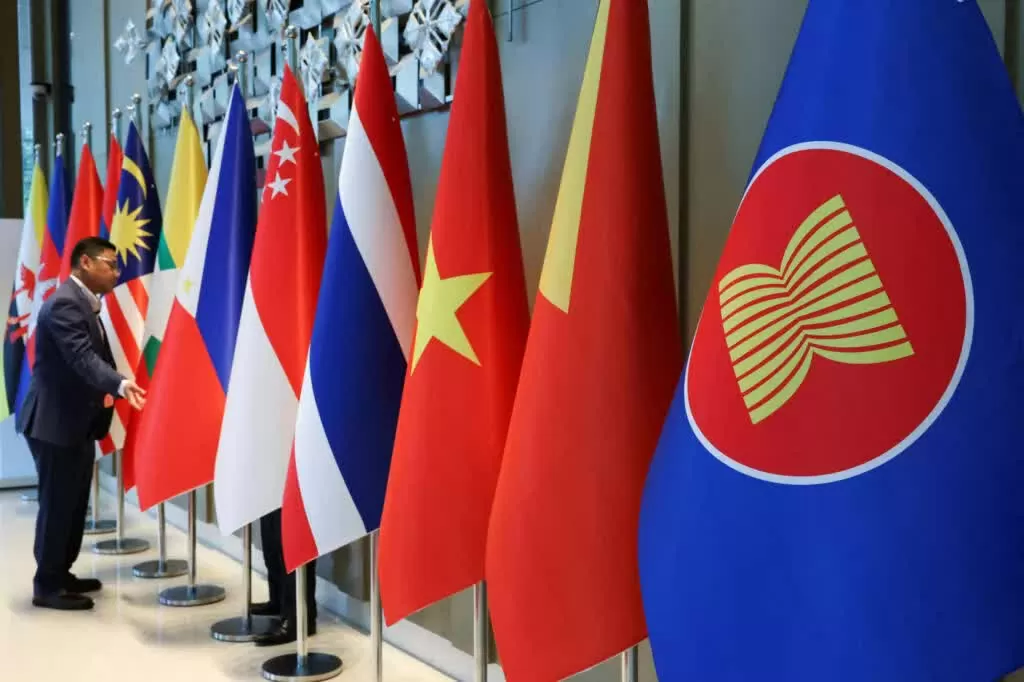 |
| ASCC aims to build a harmonious, united, people-oriented ASEAN community. (Source: ASEAN) |
Since November 21, 2015, ASCC has been established based on the Kuala Lumpur Declaration along with two pillars: ASEAN Political -Security Community (APSC) and ASEAN Economic Community (AEC). Previously, in order to realize the Community's goals, ASEAN leaders approved the ASEAN Socio-Cultural Community Blueprint for the period 2009-2015, which has been actively and responsibly implemented by the countries.
Over the past time, within the framework of ASCC, ASEAN leaders have proposed practical initiatives, specific plans and promising statements and commitments. The ASCC Blueprint 2025, adopted at the 27th ASEAN Summit on November 22, 2015 in Malaysia, has outlined the main elements including: (i) A cohesive and people-beneficial community (ii) An inclusive community (iii) A sustainable community (iv) A resilient community (v) A dynamic and harmonious community - with the goal of promoting awareness and pride in the ASEAN community's identity.
The ASCC aims to build a community of ASEAN peoples that is harmonious, united, caring and sharing, people-oriented, caring for the physical health, welfare, and living environment of the people, and creating a common identity for the region. In the current context, when ASEAN is facing many challenges such as strategic competition between major countries, multilateralism is threatened globally, the ASCC has made practical contributions to maintaining intra-bloc cohesion, enhancing trust and contributing to building a united ASEAN community that is people-centered and has a common identity.
The 2015 milestone marked the official establishment of the ASEAN Community with the Socio-Cultural Community as one of the three main pillars, a turning point, demonstrating the strong commitment of ASEAN member states in building a united, sustainable and people-centered ASEAN Community, as well as bringing about important and specific achievements.
Before 2015, socio-cultural cooperation in ASEAN did not have a common framework, and cooperation mechanisms in this area were scattered and ineffective. Although a number of cultural exchange programs,educational cooperation, or dialogues between social organizations and ASEAN were implemented, the scope of impact was limited due to the lack of a clear monitoring and enforcement mechanism.
The establishment of the ASCC has contributed to addressing these limitations through a more comprehensive institutional framework and implementation roadmap, with specific monitoring mechanisms such as the ASCC Scorecard, the Monitoring and Evaluation (ADME) Database System, and the ASCC 2025 Master Plan Monitoring and Evaluation Framework (ASCC M&E Framework).
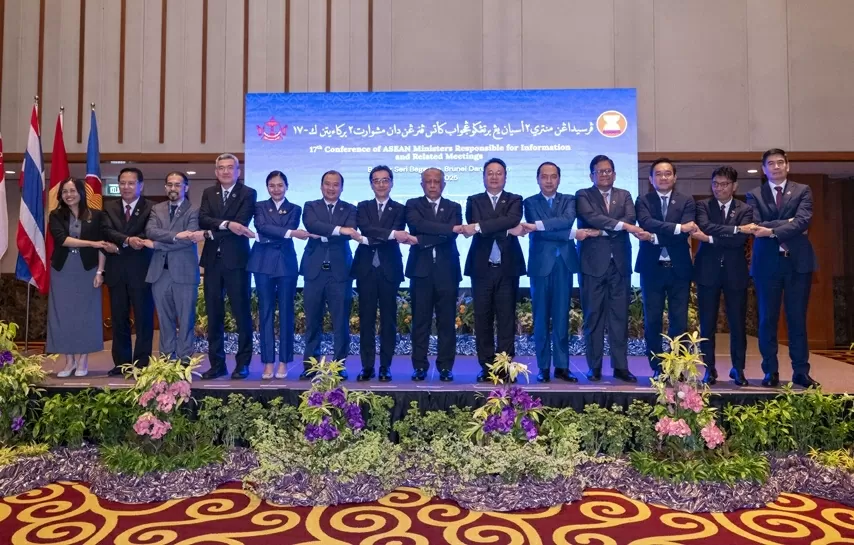 |
| The 17th ASEAN Ministers Responsible for Information (AMRI) Meeting and the 8th ASEAN+3 Information Ministers Meeting (with China, Japan, and South Korea) took place in the capital city of Bandar Seri Begawan, Brunei, on May 7. (Source: Ministry of Culture, Sports and Tourism) |
Sustainable development, people-centered
With the element of “Community that is cohesive and benefits the people”, ASCC has promoted the substantive participation of stakeholders in the process of building the ASEAN Community. The birth of ASCC has opened a new chapter in the process of developing the ASEAN Community in a people-centered and people-led direction.
One of the notable achievements is the enhancement of the level of substantive participation of stakeholders in decision-making processes. This is reflected in the narrowing of the number of civil society organizations recognized by ASEAN in the framework of regional cooperation processes, demonstrating that ASEAN is aiming to improve the quality, representativeness and professionalism of these organizations. This screening is not only to ensure compliance with ASEAN's fundamental principles, but also to encourage organizations to participate in contributing more deeply, effectively and responsibly to the Community's initiatives.
With the “Inclusive Community” element, a clear demonstration of ASEAN’s progress is the significant improvement in the Human Development Index (HDI) - a measure reflecting the living standards, education and health of the people. According to the Asian Development Bank (ADB), there is a large gap in HDI among member countries, with Myanmar ranked in the lowest group. However, by 2024, Myanmar’s HDI reached 0.608 - raising the country to the “medium development” group for the first time. Thus, all 10 ASEAN member countries are now in the group with average development or above, marking a clear step forward in the quality of life in the region.
In the education sector, the gender gap has also narrowed significantly. According to the ASEAN Statistical Yearbook, in 2015, in Cambodia, the female literacy rate was only 75.0% compared to 86.5% for men. By 2023, this rate had improved to 80.3% for women and 89.5% for men, reflecting the specific efforts of member states in expanding access to education for women and girls - vulnerable groups in society. In addition, many practical support policies have been implemented within the ASCC framework to facilitate access to education for disadvantaged groups in each member state. In Brunei, students with disabilities and special needs are included in the special support of the national education system. In Laos, ethnic minorities and women are prioritized in education and human resource development policies.
Along with education, access to employment for disadvantaged groups has also been expanded. Working groups such as the Working Group on the Mainstreaming of the Rights of Persons with Disabilities in the ASEAN Community have been established to encourage countries to build friendly and inclusive working environments. At the same time, many member countries have integrated policies to support employment for persons with disabilities into their national strategies. For example, Vietnam has integrated the goals of the ASCC into its national target program on sustainable development, including vocational training projects for persons with disabilities. A typical example is the Support Center for the Development of Inclusive Education in Hanoi, which provides skills courses such as sewing, information technology and handicrafts for persons with disabilities, helping them find jobs in businesses or start their own businesses.
Under the component “A sustainable community that promotes social development and environmental protection”, 362 activities have been implemented, of which 63.3% have been completed or are being implemented, focusing on policy development, training, and capacity building. The number of regional initiatives on biodiversity conservation increased from 7 to 20 during the period 2016–2019.
In the context of ASEAN's growing population and city development, ASEAN has promoted sustainable city development models through the ASEAN Smart Cities Network and the ASEAN Sustainable City Awards program.
Regarding climate change, ASEAN has implemented many regional projects to support the implementation of Nationally Determined Contributions (NDCs) of member countries, with cooperation from international organizations such as the United Nations Framework Convention on Climate Change, the Global Green Growth Institute and the Global Environment Facility.
In addition, the issue of sustainable consumption and production is closely linked to the emerging priority of promoting a circular economy, so there has been increasing interest and support in implementing projects and activities related to this goal. A typical example is the eco-industrial park model in Vietnam, specifically in provinces such as Ninh Binh, Can Tho city and Da Nang. These industrial parks have helped save millions of USD each year through optimizing resource use and minimizing waste, while improving the competitiveness of the economy.
With the element of “Resilient Community”, in the field of responding to natural disasters, ASEAN has established prevention and response mechanisms at both regional and sub-regional levels, typically the ASEAN Agreement on Disaster Management and Emergency Response (AADMER), a legally binding agreement, and the ASEAN Coordinating Centre for Humanitarian Assistance (AHA Centre). This is especially necessary when the ASEAN region is frequently hit by disasters such as earthquakes, tsunamis, floods and droughts.
In the health sector, ASEAN has launched the Strategic Framework for Public Health Emergencies 2022, and organized more than 200 training activities in the context of the Covid-19 pandemic. In addition, many countries have undertaken the Joint Independent Evaluation (JEE) of the World Health Organization (WHO) to review and strengthen core health capacities.
On the social front, ASCC has promoted adaptive social protection policies, such as the Regional Guidelines on the Role of Social Workers in Disaster Risk Reduction and Climate Change, issued by 2024 to support vulnerable groups – such as women, older persons, children and migrants – against climate shocks and disasters. These programmes combine social protection, disaster risk management and climate change adaptation, contributing to strengthening the resilience of communities.
In the field of drug prevention and control, ASCC has supported the implementation of the ASEAN Action Plan on Protecting Communities from Illicit Drugs for the period 2016-2025 towards a drug-free ASEAN through strengthening regional cooperation, raising public awareness and implementing treatment and prevention programs at facilities.
As of the mid-term of the Blueprint 2025, approximately 65% of the activities under the “Resilient Community” component have been completed or are in progress. All these efforts reflect ASEAN’s strong commitment to building a resilient community that is proactive in the face of all fluctuations and firmly protects the people of the region.
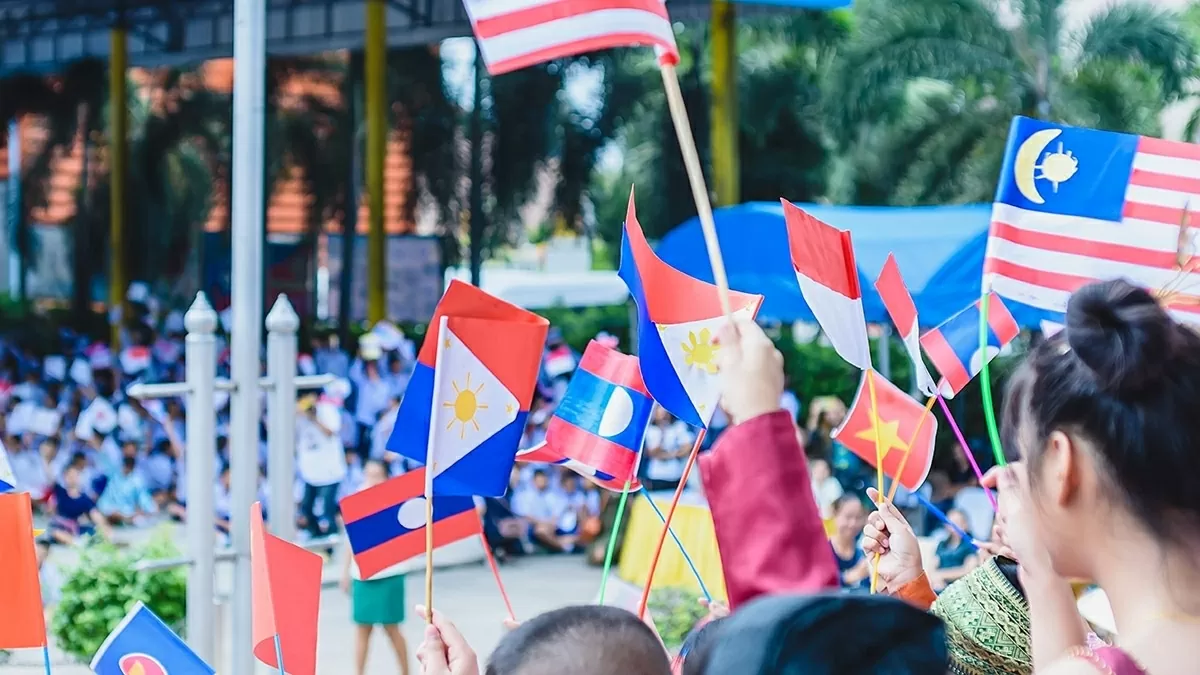 |
| The establishment of the ASCC has opened a new chapter in the process of developing the ASEAN Community in a people-centered and people-led direction. (Source: Asia Society) |
Building a common identity
With the “Dynamic and Harmonious Community” element, in 2020, ASEAN adopted the Narrative of ASEAN Identity (NAI). This document acts as a guiding light, highlighting the importance of shared values and a sense of community among member states.
ASEAN has also established regional bodies such as the ASEAN Committee on Culture and Information (ASEAN-COCI). This body has cooperated with dialogue partners such as the ASEAN-Korea, ASEAN-Japan and ASEAN-China cooperation mechanisms on culture and arts, organized and sponsored projects such as the ASEAN Cultural Heritage Digital Archive (ACHDA) and ASEAN Quiz, creating opportunities for mutual understanding and shared awareness of heritage in the region. In addition, the ASEAN Secretariat has also organized many events to promote the image of ASEAN such as the ASEAN People's Congress, ASEAN Arts Festival, etc.
Within the framework of ASCC, 52 civil society organizations have participated in cooperation. These organizations approach the community in a close and multi-disciplinary manner. Examples include the ASEAN Music Industry Association (AMIA), the Southeast Asian School Principals Forum (SEASPF), the ASEAN Veterans Confederation (VECONAC), the ASEAN Cosmetics Association (ACA), the ASEAN Vegetable Oil Club (AVOC), etc., creating opportunities for intra-bloc countries to cooperate more deeply and in more diverse fields.
In addition, the ASEAN Child Forum and ASEAN Youth Forum have provided opportunities for ASEAN children and youth to discuss, exchange and share. Initiatives such as the NAI Logo Contest or the ASEAN Identity Symposium and Youth Forum have also provided a platform for youth engagement. This has enabled ASEAN to enhance mutual understanding and foster a generation of young people with regional awareness and a sense of belonging to the community.
According to the ASEAN Youth Development Index 2022, in the area of ASEAN culture and identity, the average score of ASEAN countries reached the highest level, with all member countries scoring above 0.500 points. This shows that awareness and consensus on ASEAN identity among young people is at a positive level.
Thus, it can be seen that ASCC has played an important role in the process of becoming an ASEAN Community with a common identity, solidarity and development with people at the center. Although the path to achieving the set goals is still thorny, the progress ASCC has made so far is opening up a promising future for ASEAN, laying each brick as a thin foundation for a more substantive and profound socio-cultural cooperation process.
Source: https://baoquocte.vn/cong-dong-van-hoa-xa-hoi-asean-10-nam-tren-hanh-trinh-doan-ket-ben-vung-va-lay-nguoi-dan-lam-trung-tam-ky-1-314379.html


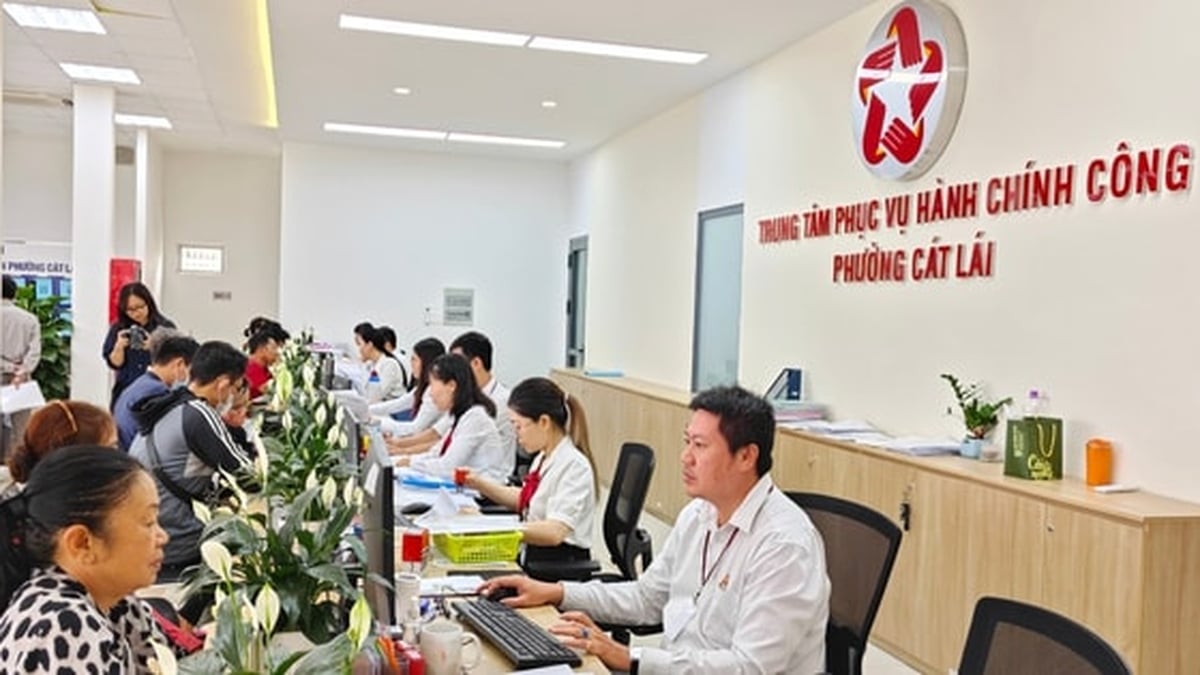

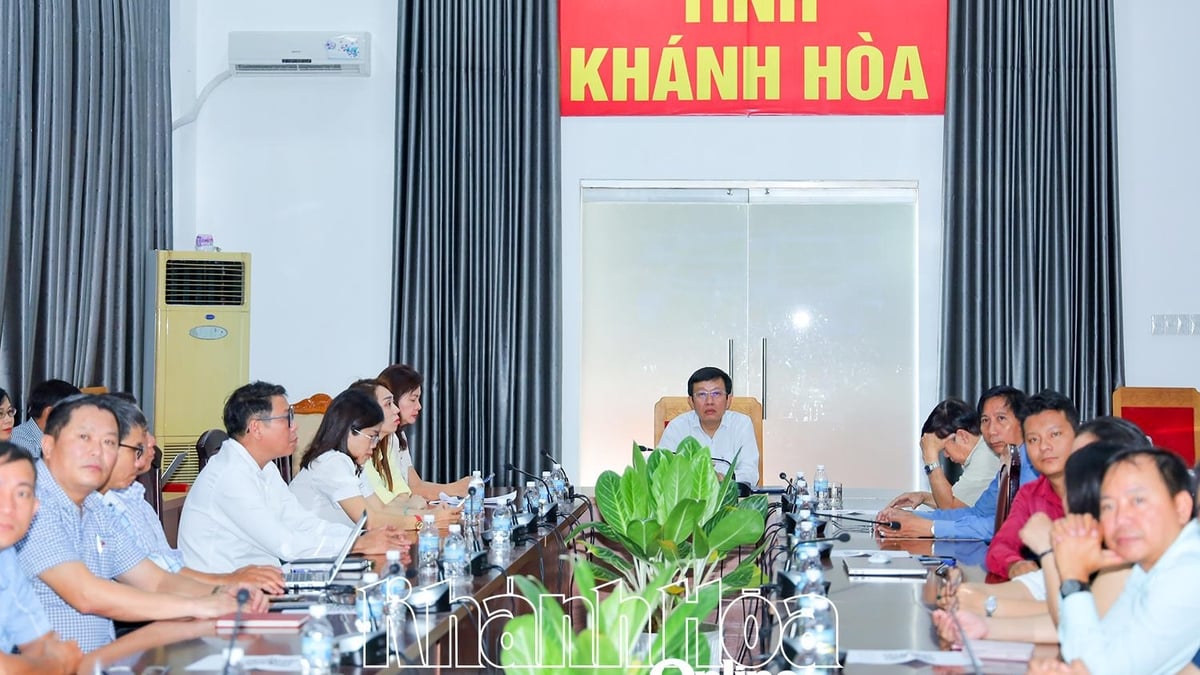
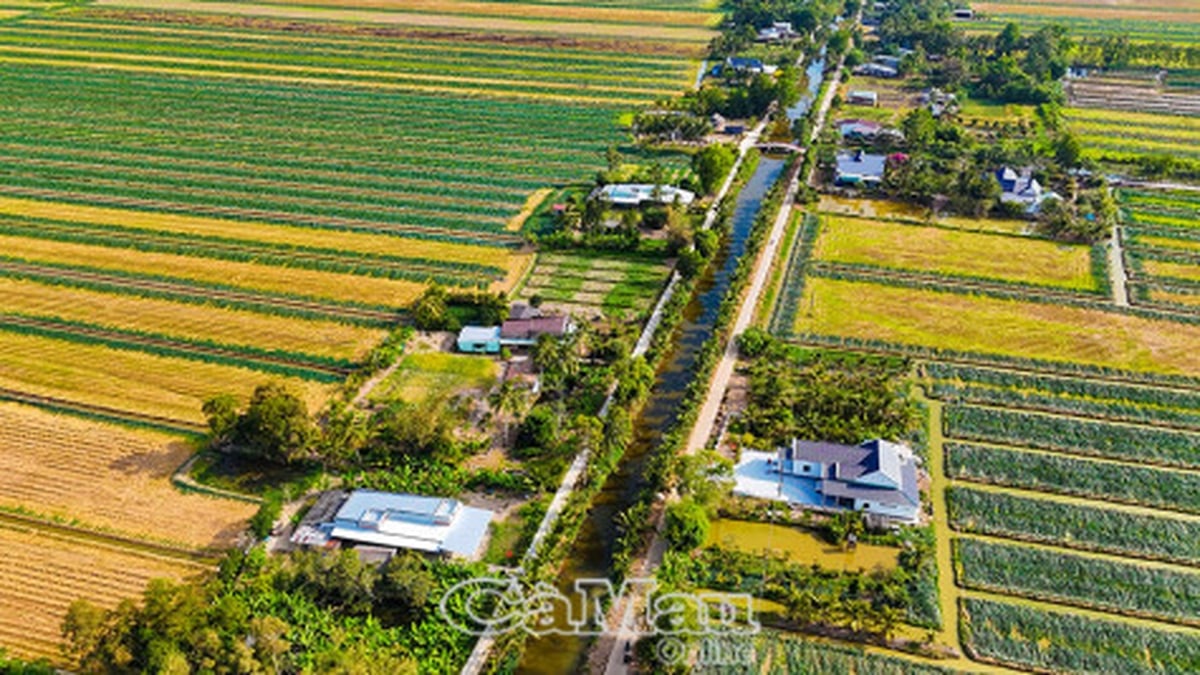
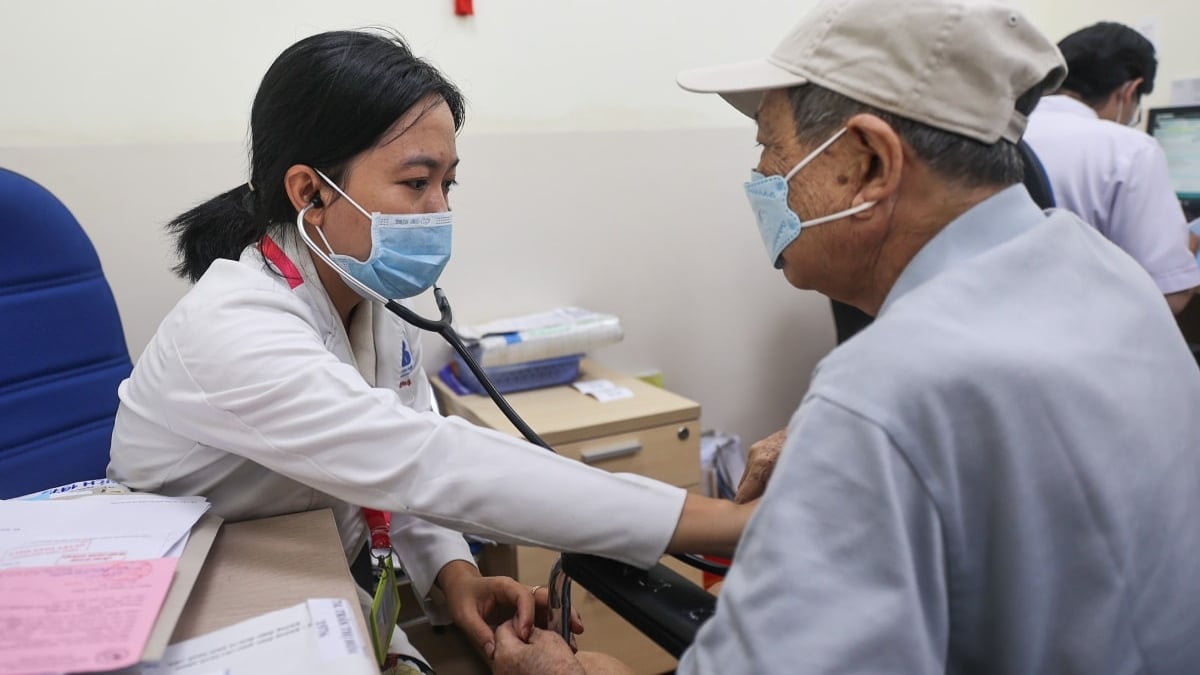
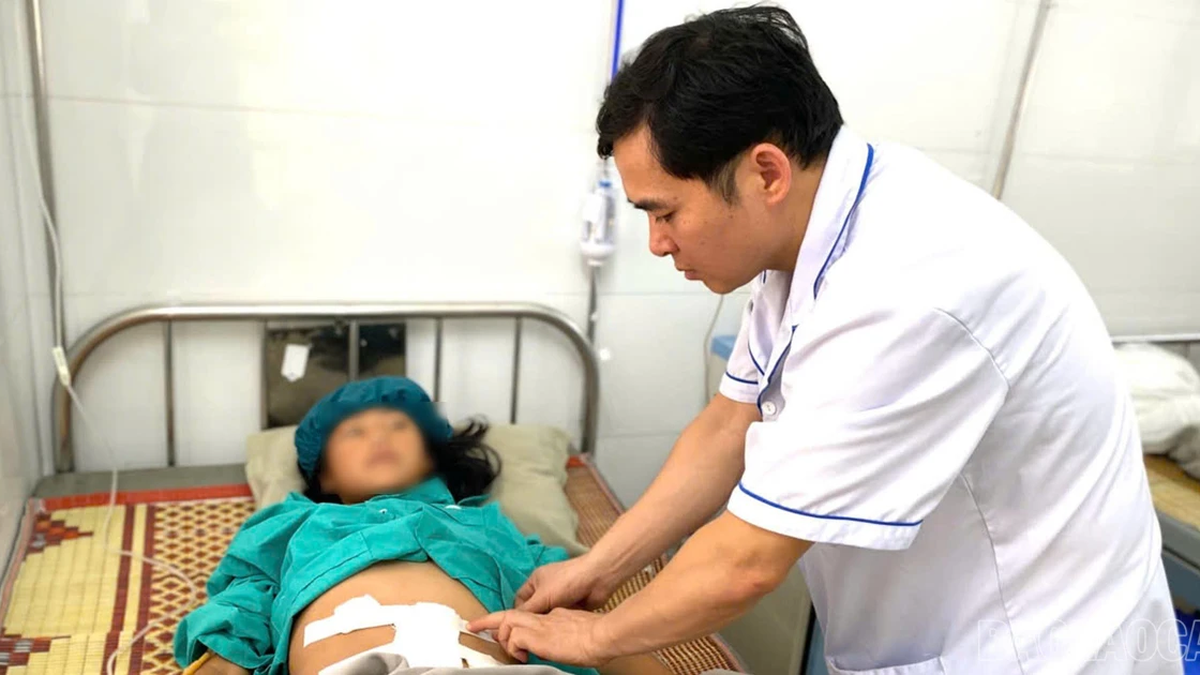

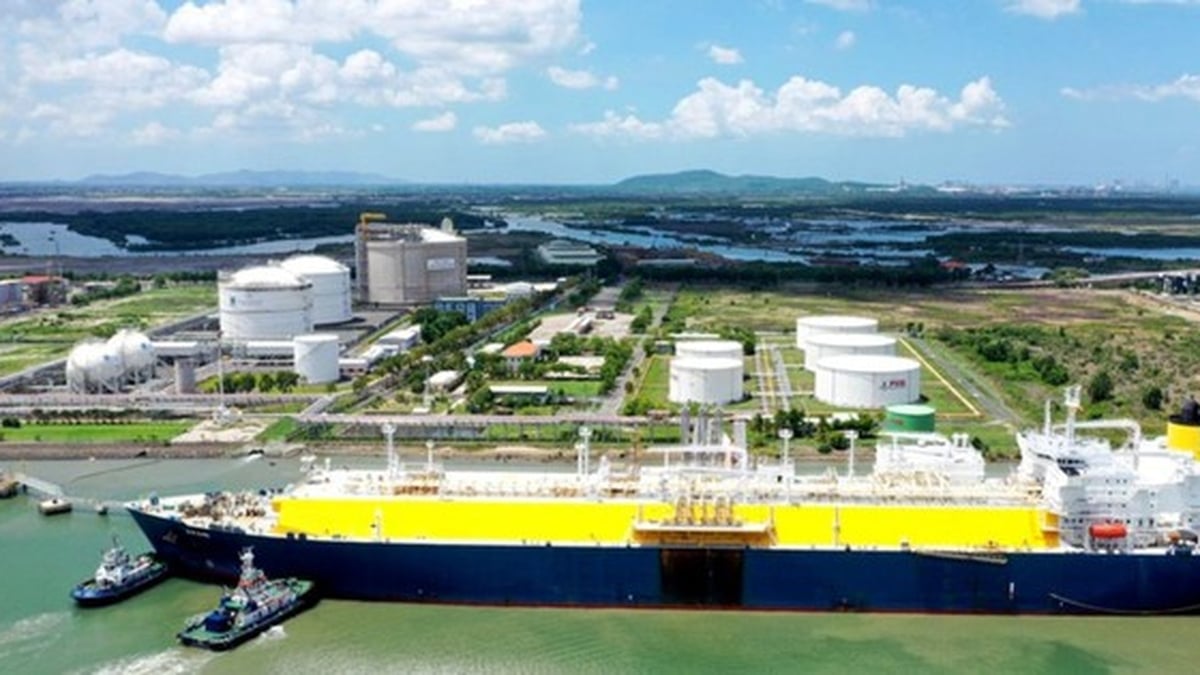
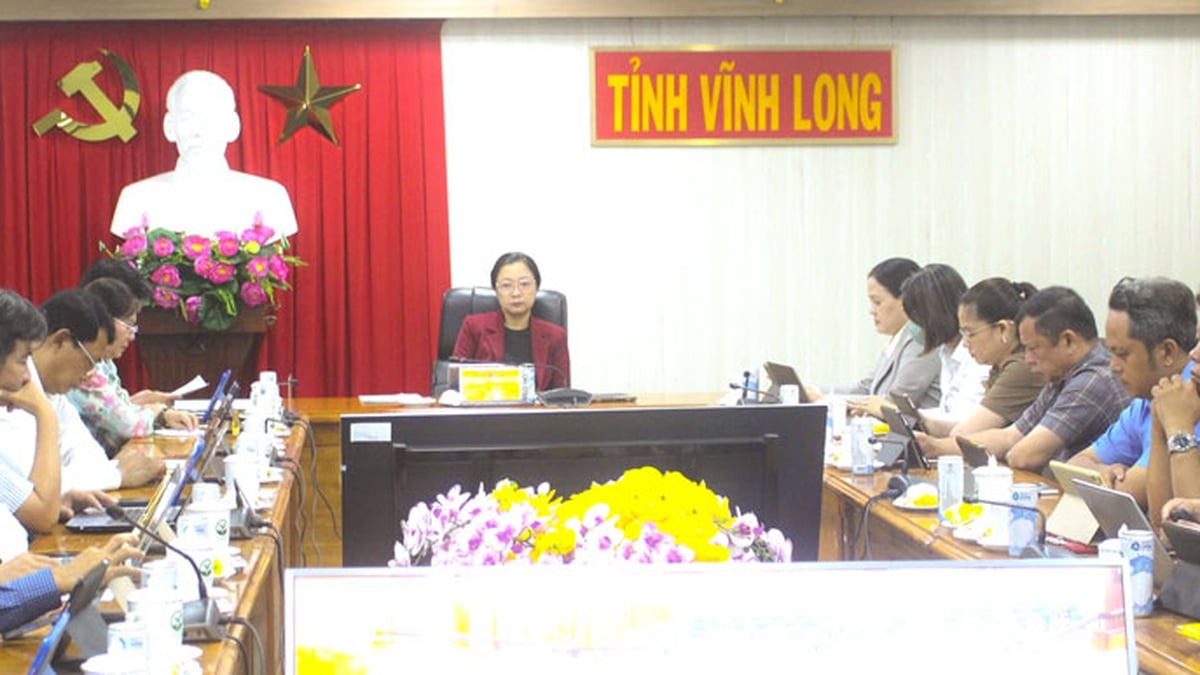
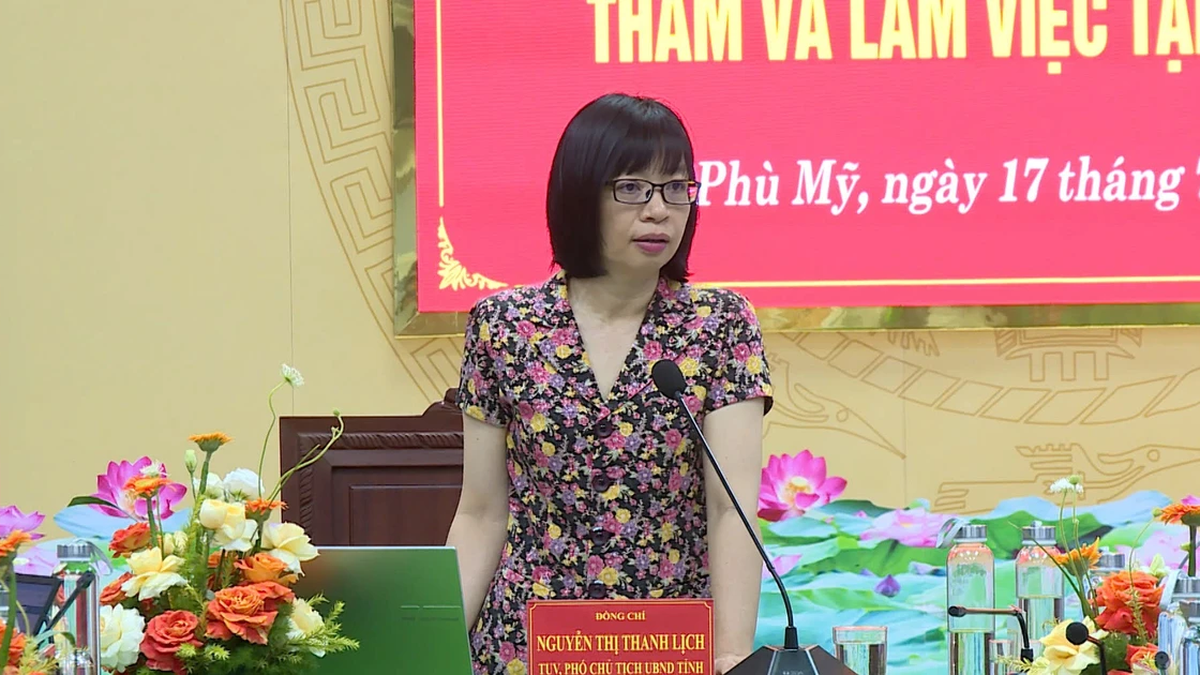












































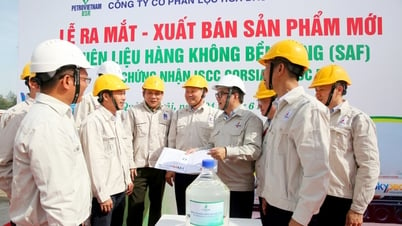





![[Maritime News] More than 80% of global container shipping capacity is in the hands of MSC and major shipping alliances](https://vphoto.vietnam.vn/thumb/402x226/vietnam/resource/IMAGE/2025/7/16/6b4d586c984b4cbf8c5680352b9eaeb0)






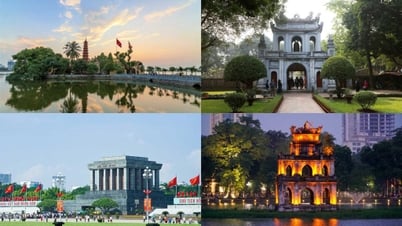

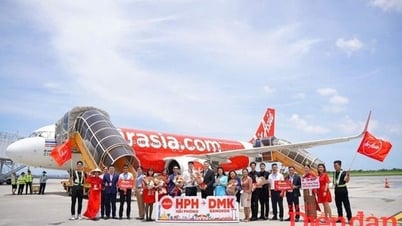

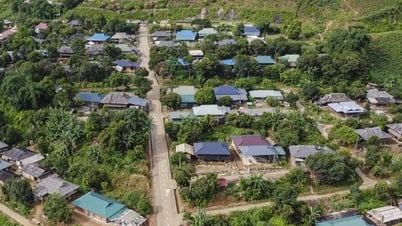
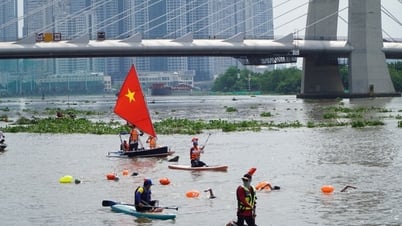
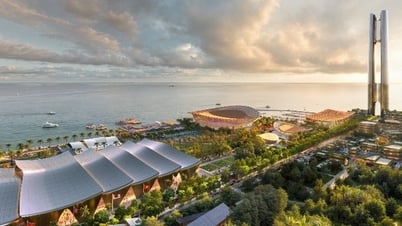
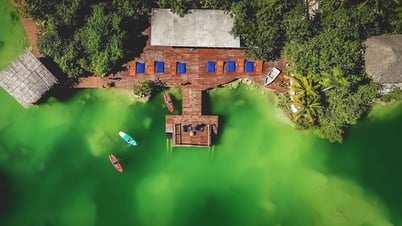
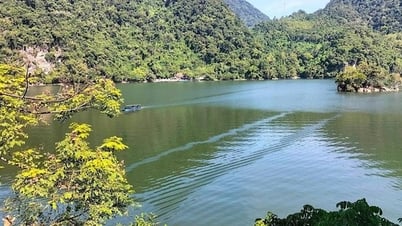























Comment (0)